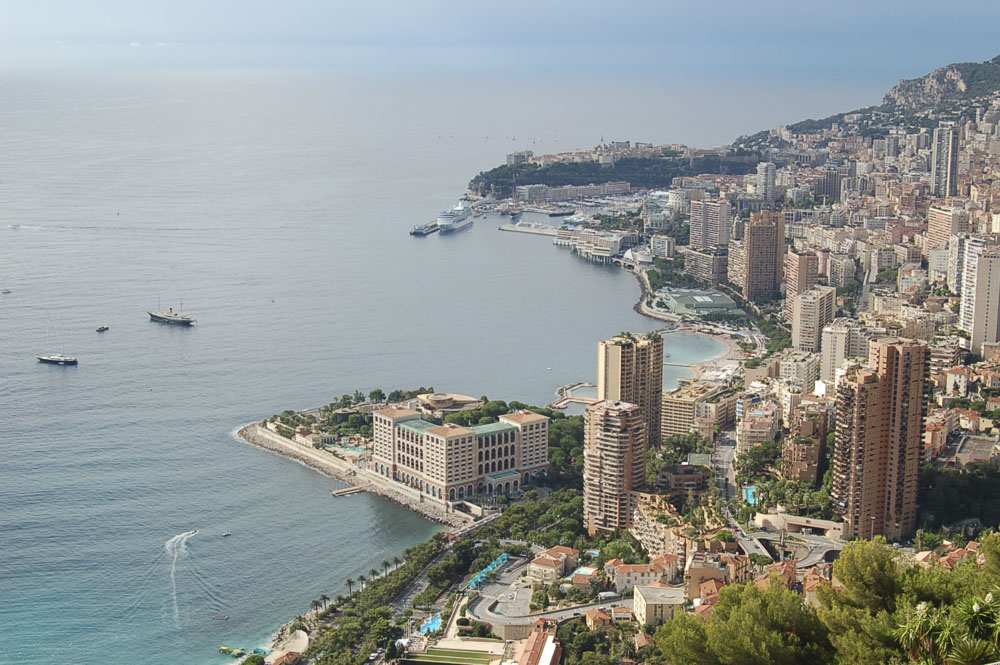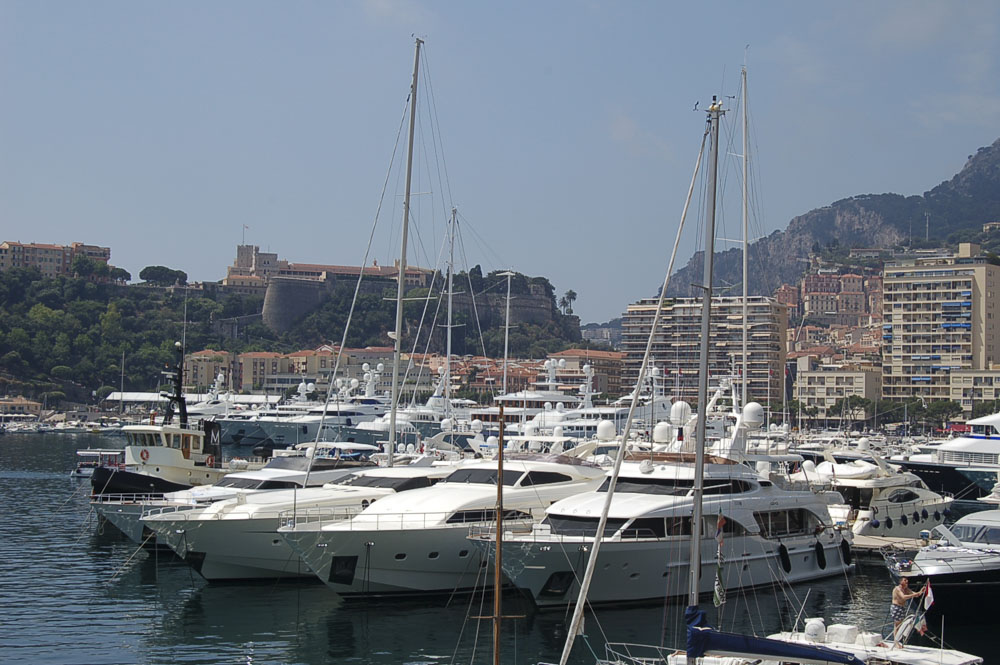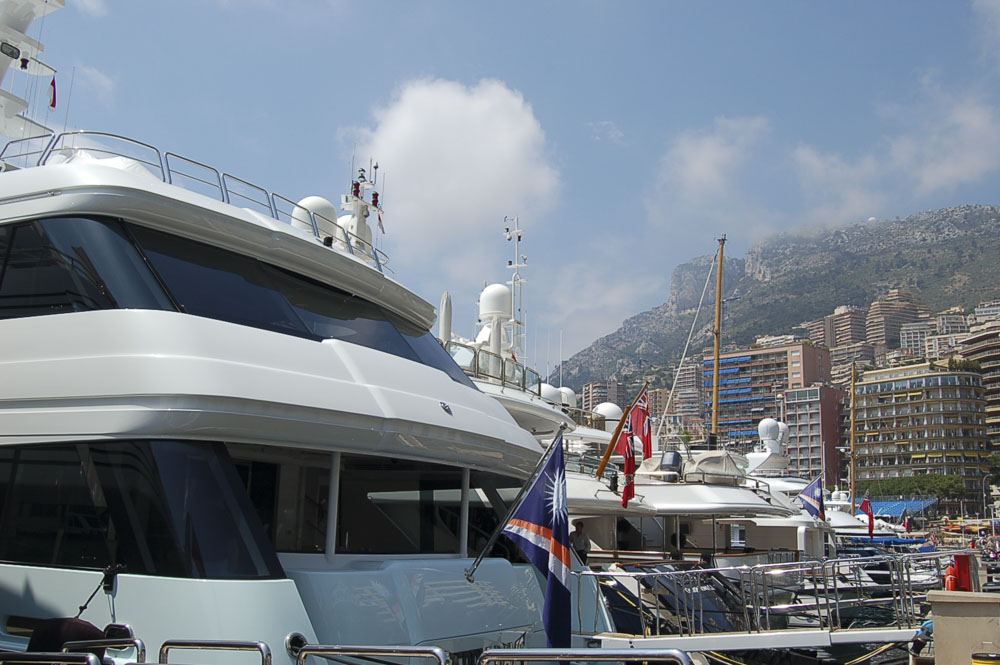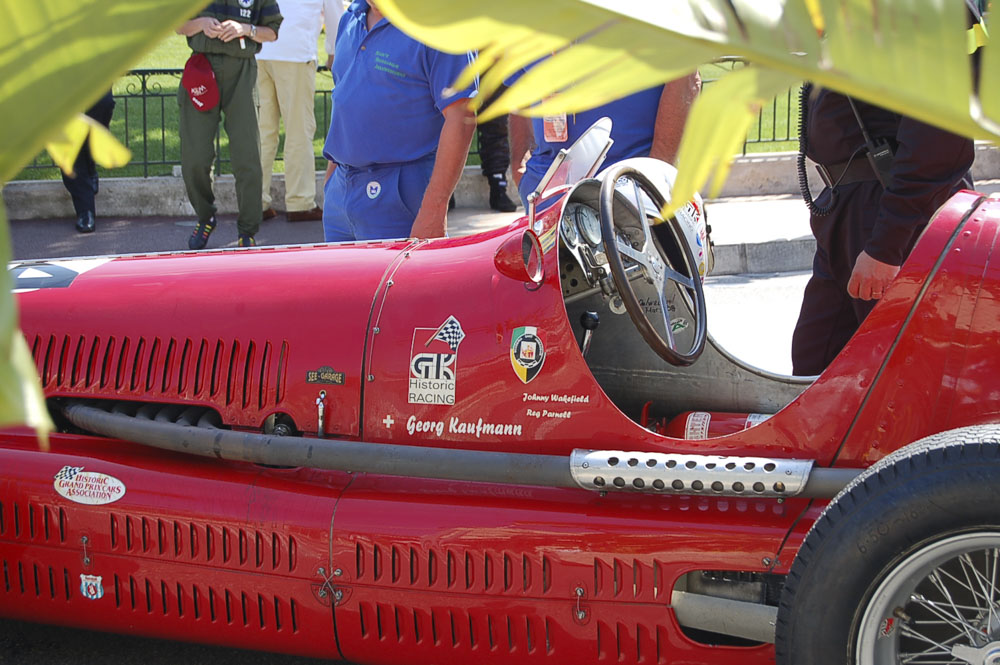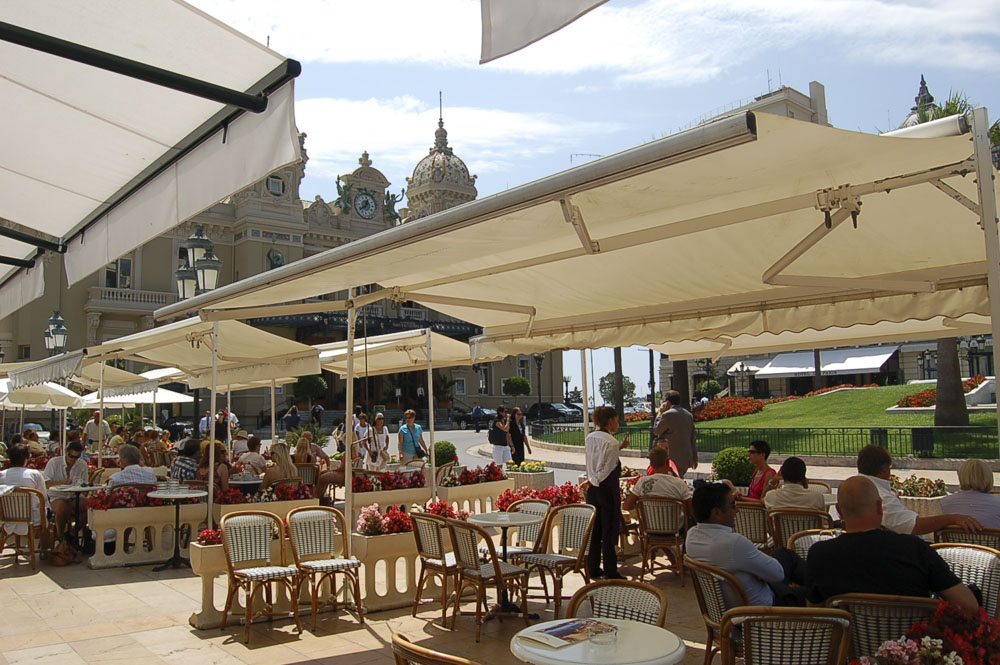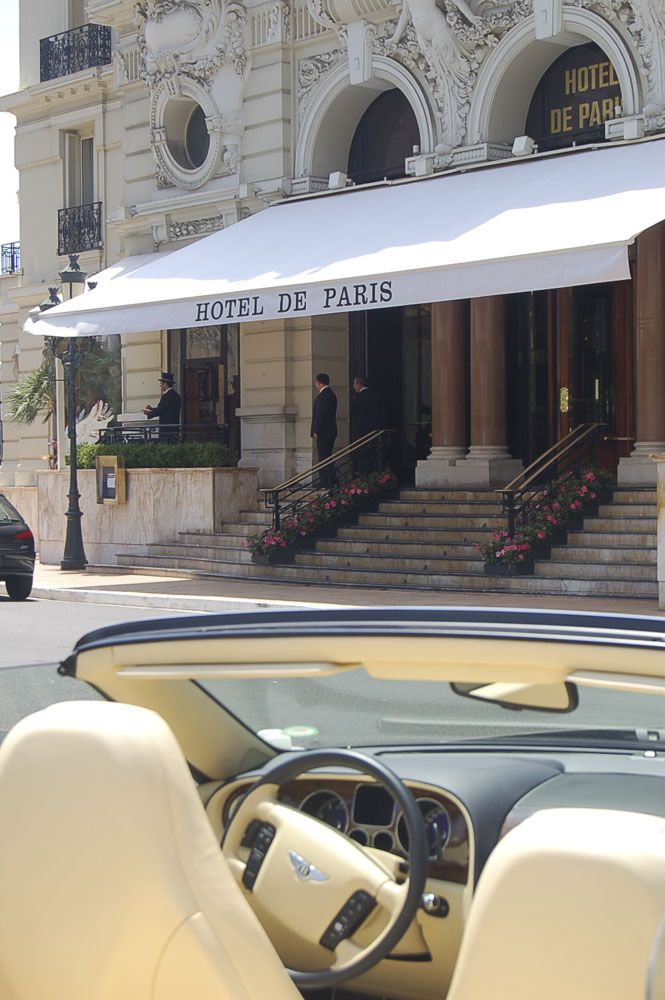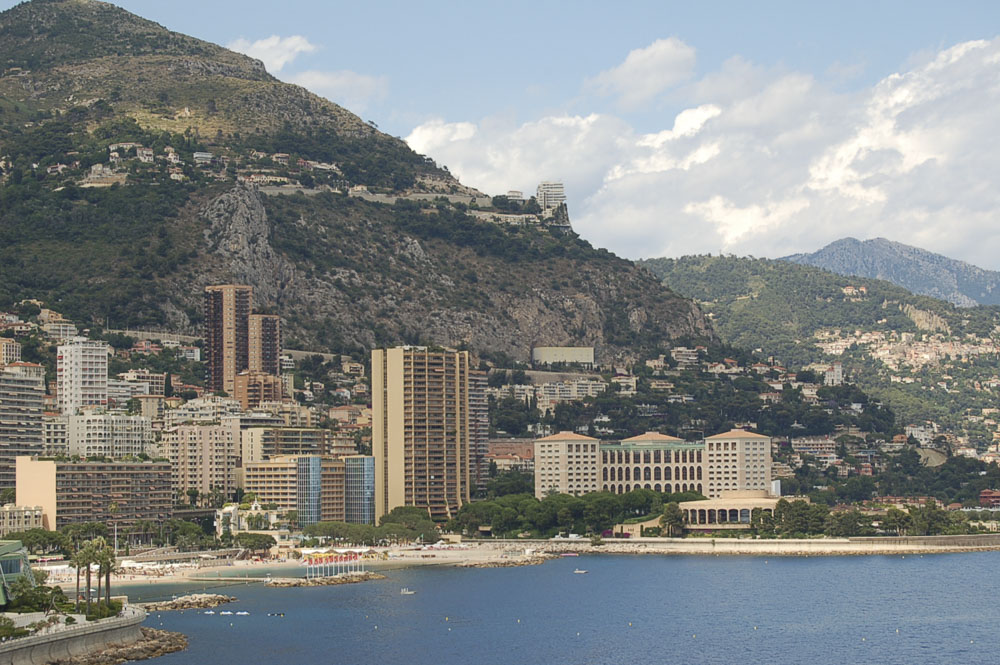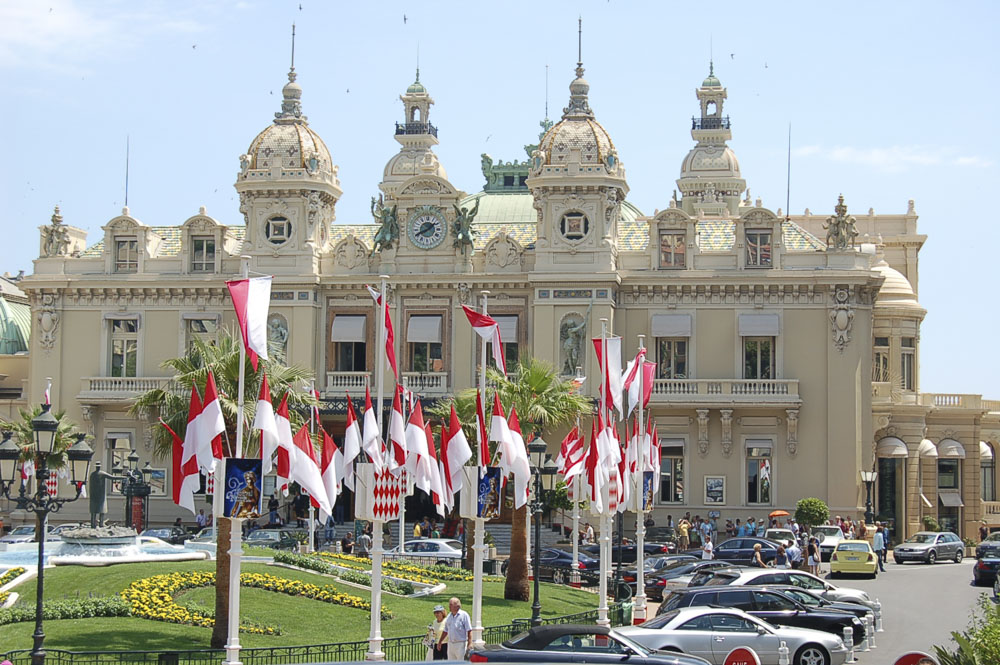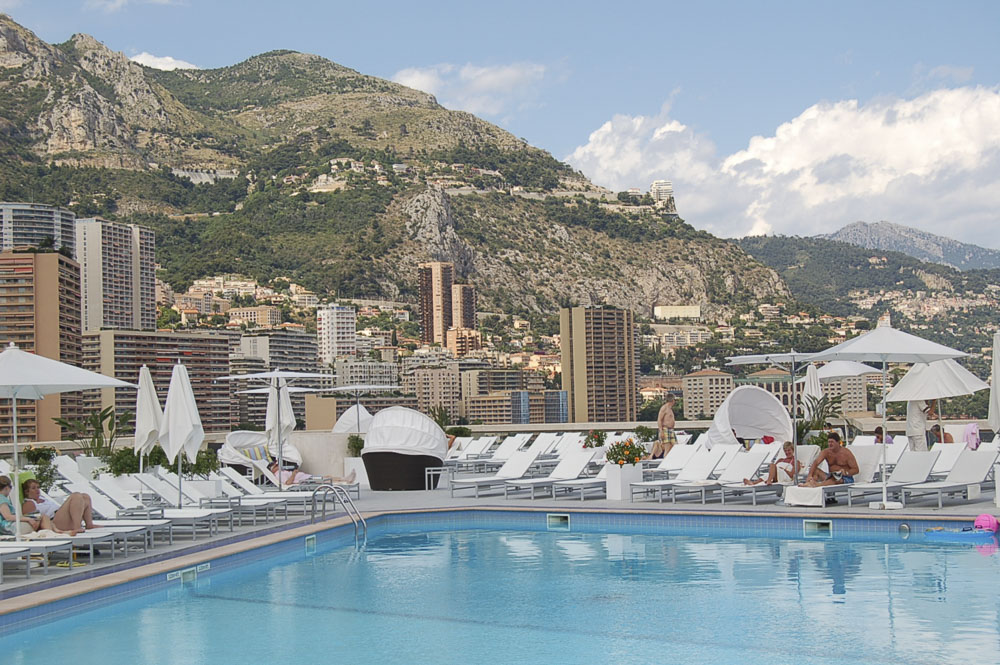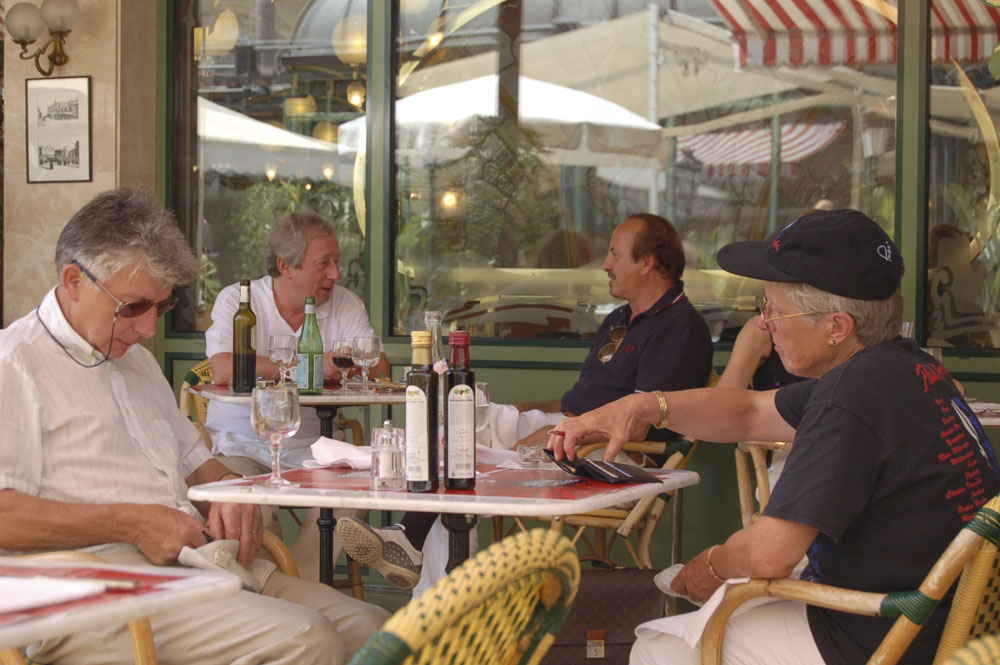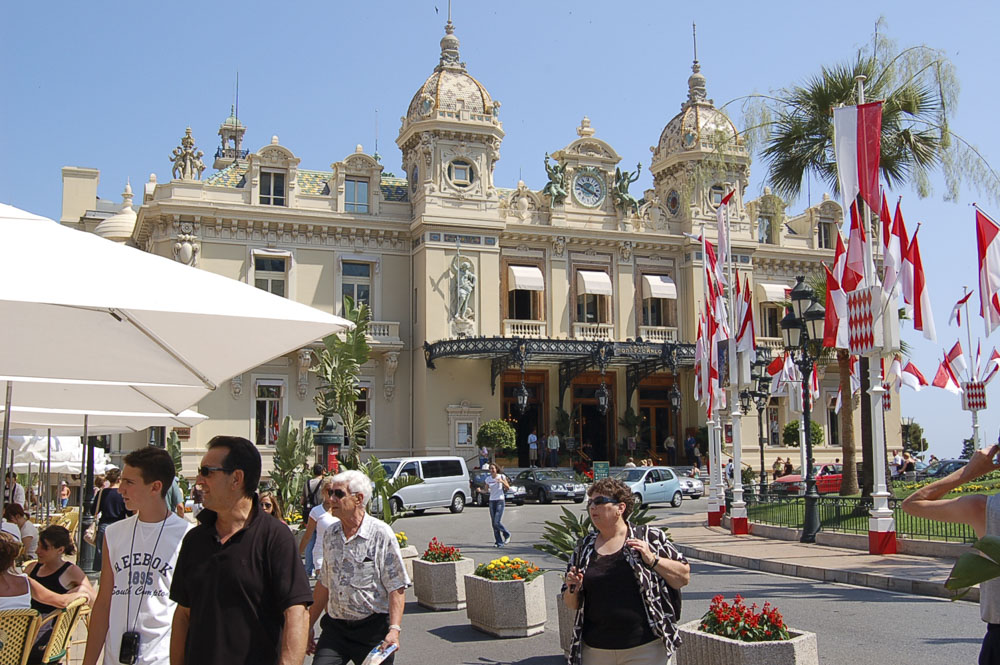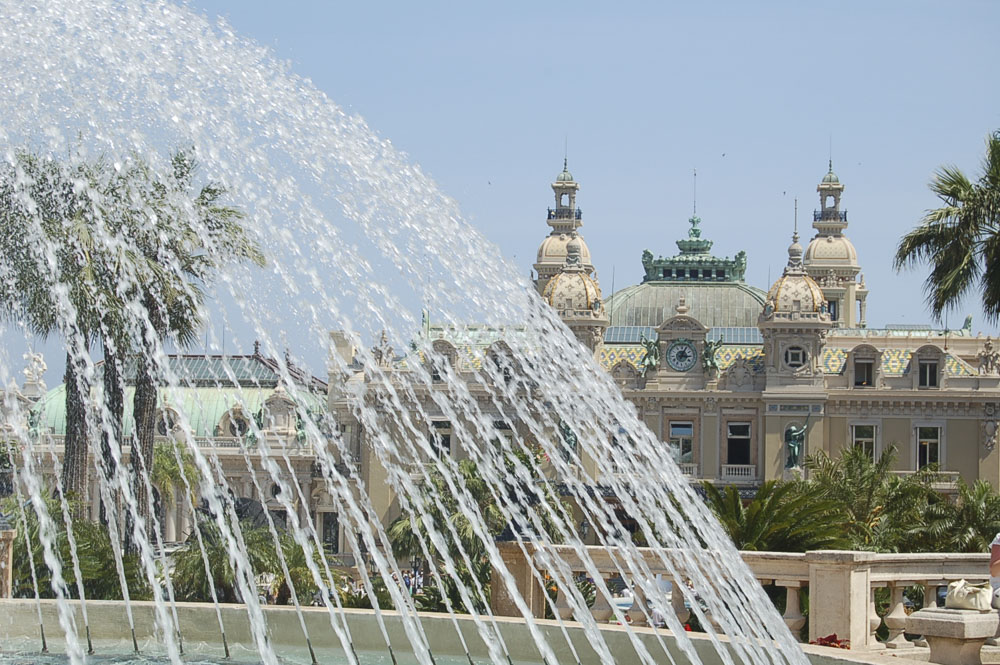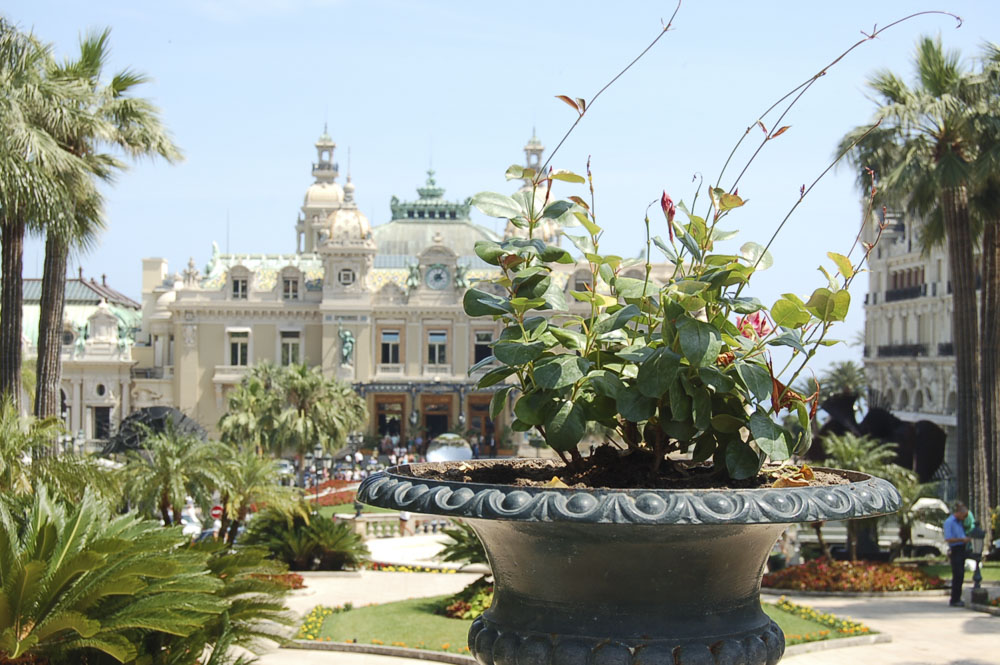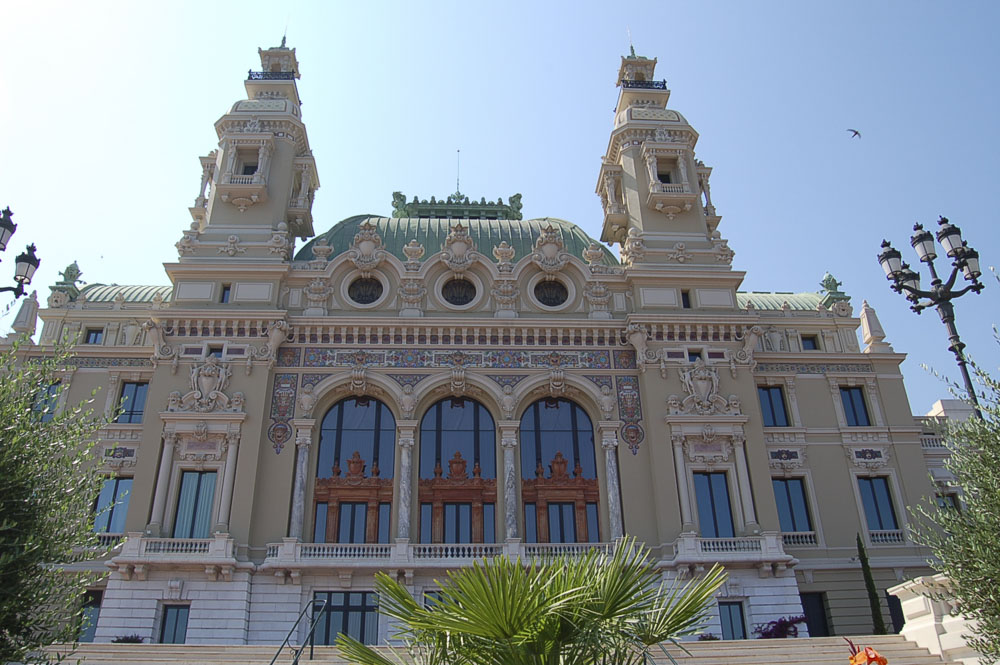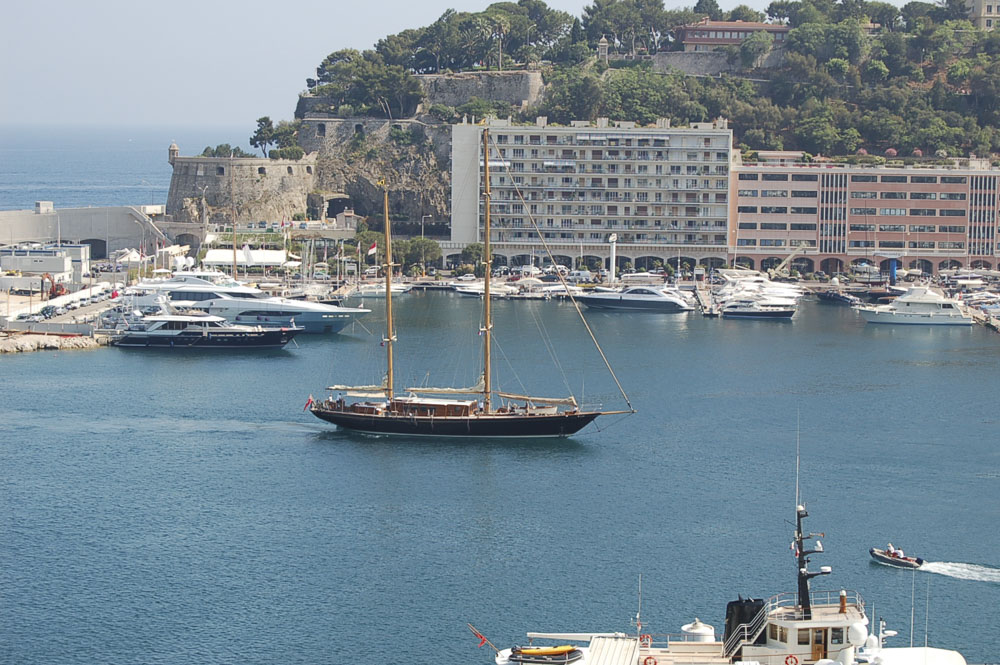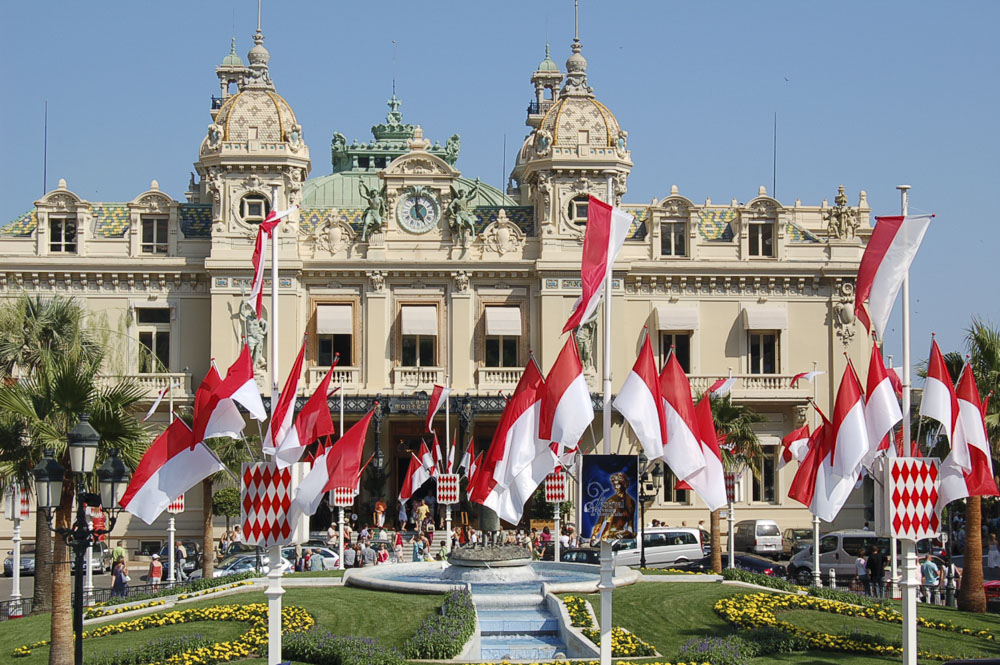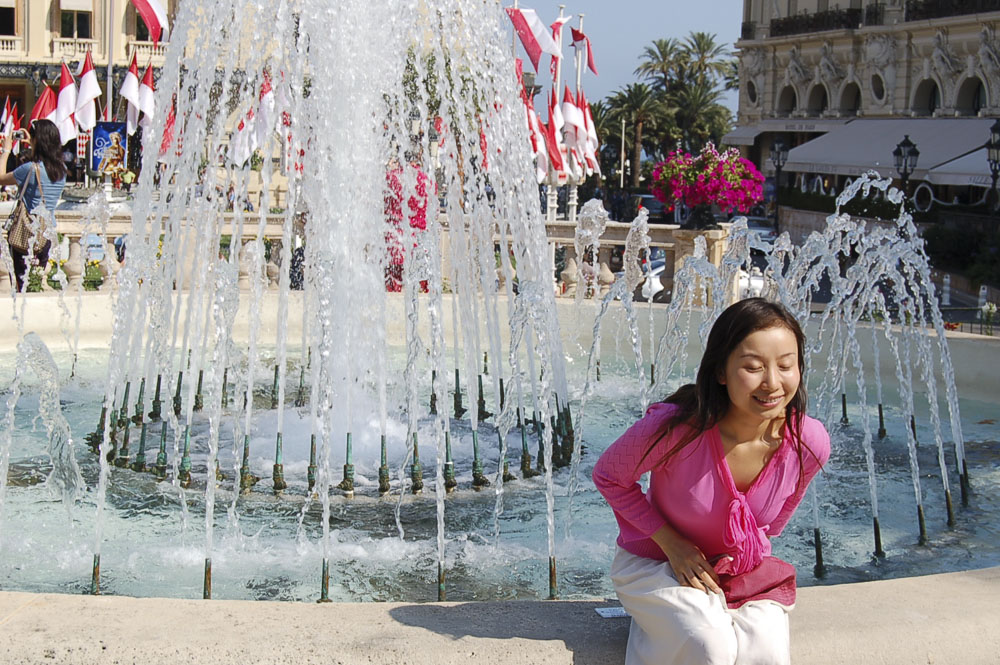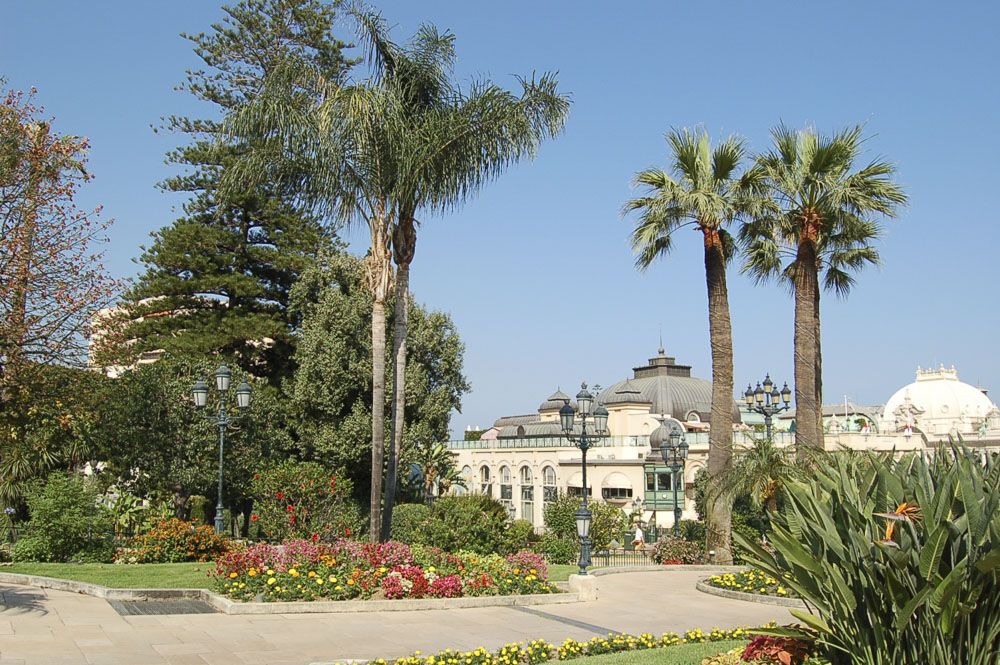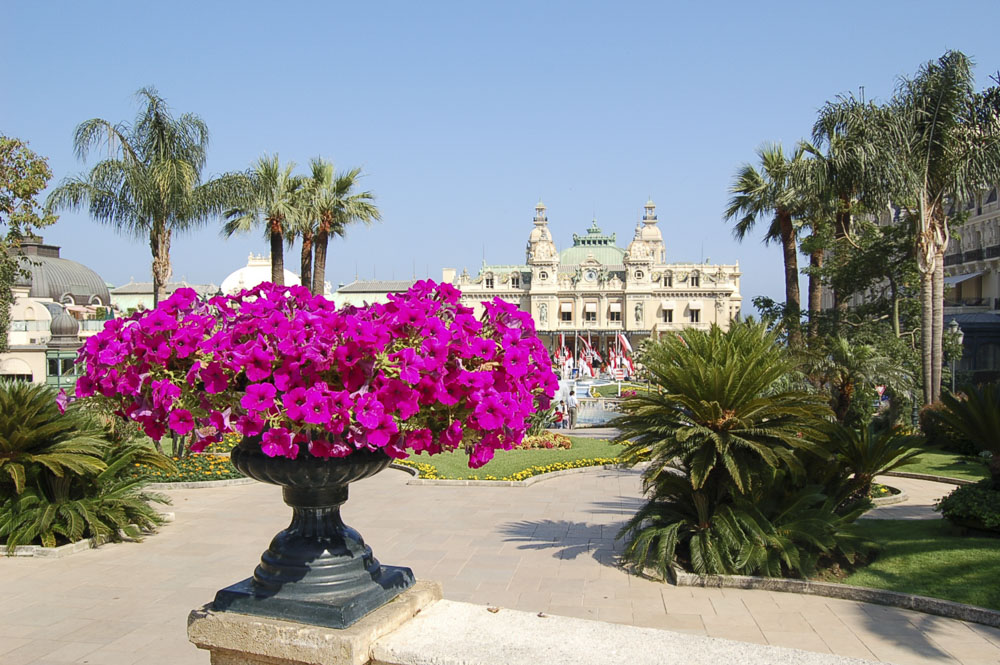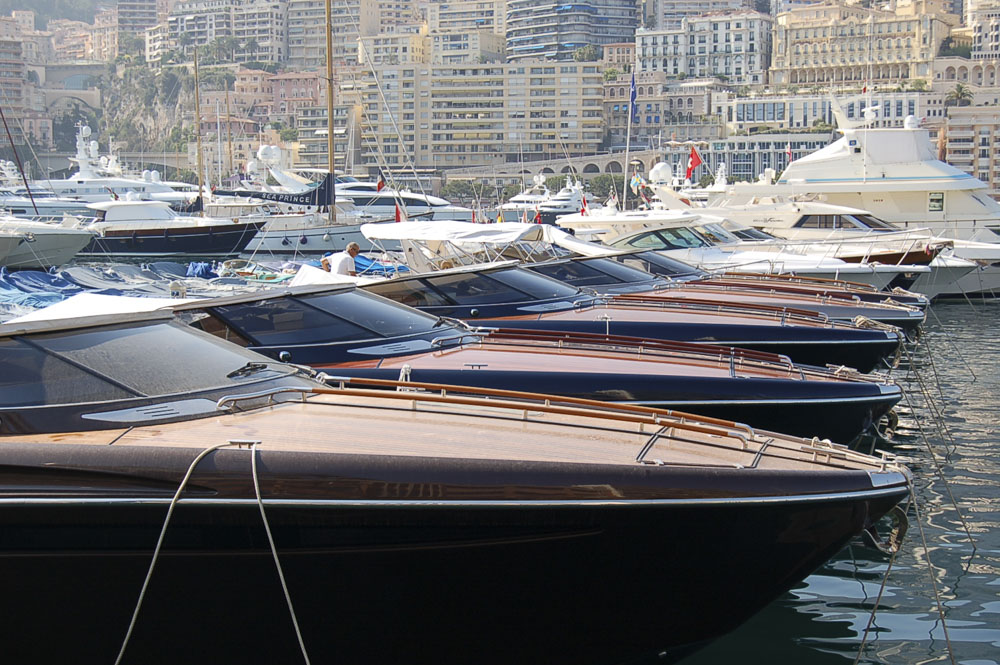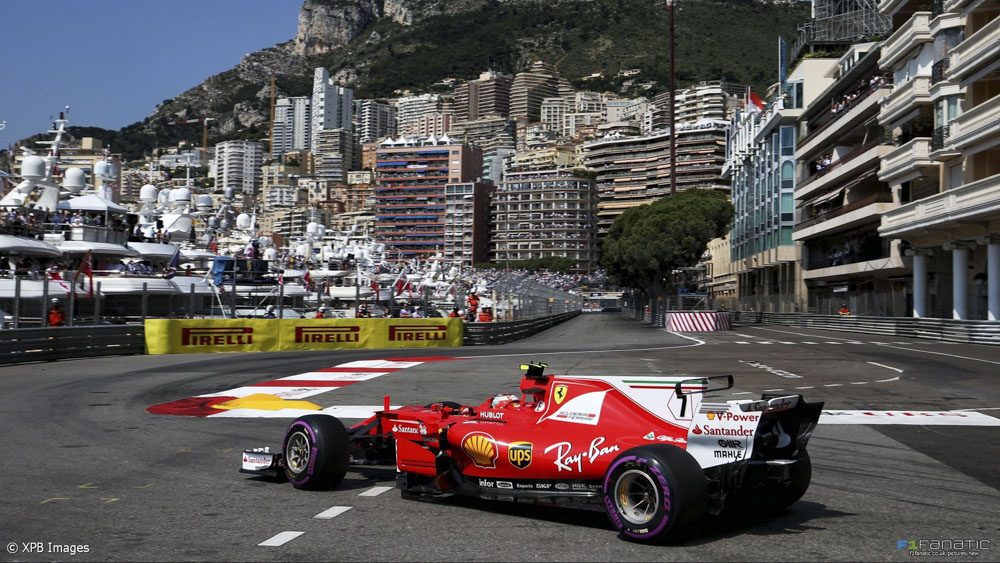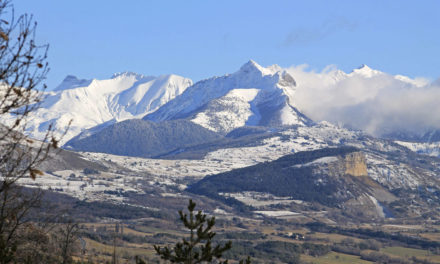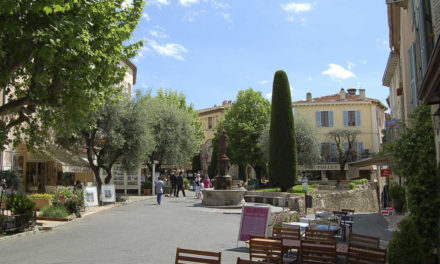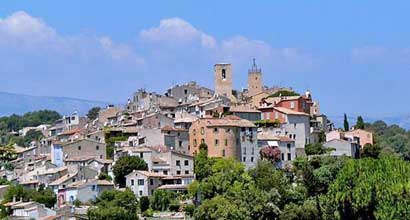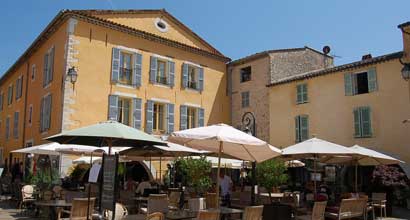Images of Monte Carlo, Copyright Informationfrance.
Not officially a part of France, Monaco is the second smallest country in the world; only Vatican City is smaller. As such, Monaco is also the world’s smallest monarchy (and principality to be exact). The state consists of only one municipality (commune). French is the official language, although many street signs, especially in the old Monaco Ville quarter, are in French and Monégasque. Children of all the 107 nationalities which make up Monaco’s population, are required to study the local language at school. Neither is Monaco part of the EU but because of its close ties with France, it participates in the EU customs territory. However, there are no border formalities crossing to and from France.
Currently the principality is subdivided into 10 wards of which Monaco-ville, Monte Carlo and Fontvielle are the most well known.
Book a Hotel in Monaco
Weather in Monaco
Monaco-Ville
The Palais Princier (Prince’s Palace), Saint Nicholas Cathedral, and the Oceanographic Museum are located in this quarter.
Monaco-Ville, also known locally as “le rocher” or “the rock”, is one of the four original quartiers of Monaco, the others being La Condamine, Monte Carlo, and Fontvieille.
Monaco-Ville is an old fortified town and is situated on a rocky promontory which extends into the Mediterranean Sea. The ancient name for Monaco-Ville is Monoecus.
The colourful changing of the guard occurs every day outside the Palais at 11:55 am. Next door to the Palais is the Cathédrale de Monaco, a Romanesque-Byzantine church that contains the remains of many former princes. United States-born Grace Kelly, Princess Grace of Monaco, is also buried there. Monaco-Ville also boasts the world-famous Oceanographic Museum, which was established in 1910 by Prince Albert I, and was once under the direction of Jacques-Yves Cousteau. One of the oldest buildings in the principality, Chapelle de la Misericorde (1639) is famous as the starting point of a torchlit religious procession by local residents which takes place on the eve of Good Friday each year. Despite being located in the world’s most densely populated country, Monaco-Ville is still a medieval village at heart, made up almost entirely of quiet pedestrian streets and marked by virtual silence after sundown. Though innumerable people visit Monaco-Ville and the palace square, only local vehicles are allowed up to the rock, and motorcycles are prohibited after 10 pm.
Monte Carlo Rally
Monte Carlo is home to the most renowned Casino in the world situated in the main square. For most people however, the Circuit de Monaco where the Formula One Monaco Grand Prix takes place, is the reason Monte Carlo is famous. The town also hosts world championship boxing bouts, the European Poker Tour Grand Final and the World Backgammon Championship as well as fashion shows and other events. Although the Monte Carlo Masters tennis tournament is billed as taking place in the community, its actual location is in the adjacent French commune of Roquebrune-Cap-Martin. Monte Carlo has been visited by royalty as well as the general public and movie stars for decades. The Monte Carlo Rally is one of the longest running and most respected car rallies, and marks the start of each rally season as the first event on the World Rally Championship calendar, although the rally actually takes place outside the Monte Carlo quarter.
Fontvielle
Fontvielle is a newly constructed area reclaimed from the Mediterranean Sea during the 1970s.
Port
The Port of Fontvieille can accommodate about 100 boats in its harbour of approx 13.75 acres.
Population and area
It has a population of 3,300 in an area of 0.33 km².
Stade Louis II
Fontvieille contains Stade Louis II (or Louis II Stadium) which serves as the home ground of AS Monaco FC, a Monaco football club that is one of the most successful in the French national league; the stadium also contains the club’s offices and the International University of Monaco (IUM). The ground also hosts the European Super Cup, an annual event pitting the winners of the top UEFA club competitions, the Champions League and UEFA Cup.
Heliport
The district also contains Monaco Heliport which provides frequent links to Nice Airport in neighbouring France with connections to direct flights to New York, London and other important European destinations.
Shops
There is the most superb Carrefour situated in the Centre Commercial shopping mall by the port with its own Butcher and Fishmonger section.
Jardin Exotique
The Exotic Garden of Monaco has been a unique site since it was opened to the public in 1933. In its prestigious, open-air setting, it brings together a wide variety of “succulent” plants.
Succulent plants have developed several types of adaptation to dry climates, the most spectacular of which is the presence of a hypertrophied organ (leave, stem) which can store reserves of water. Cactus is the best known family of this type of plant. Their lack of leaves, which are replaced by spines, makes them stand out.
More on www.jardin-exotique.mc
Access to Monaco
- By road and rail
The European highway network, which passes only 8 km from the town centre, links the Principality to France, Spain, Italy, Switzerland, Germany, the Benelux, Austria and England. From Nice Airport, the highway enables travellers to reach the Principality, 22 km away, in less than 30 minutes, thanks to its direct connection with one of the coast roads. Between Nice and Monaco, one can also take three very scenic roads : the “Basse Corniche” (N98) along the seafront, the “Moyenne Corniche” (N7) via Eze-Village, and the “Grande Corniche”, via La Turbie and Le Col d’Eze, at an altitude of 512 m. - By rail
All trains stop at the Monaco/Monte-Carlo station: Hi-speed TGV trains to and from Paris (journey time 5 hrs 30). Day trains for Milan, Genoa and Basel. Night trains for Strasbourg, Paris, Toulouse, Irun, Port-Bou, Milan, Venice, Pisa and Rome. TERs (Regional ExpressTrains), which connect towns along the Côte d’Azur. - By plane
The Nice-Côte d’Azur International Airport connects the Principality of Monaco to more than 86 destinations throughout the world. A major attraction on the Côte d’Azur, the Principality is connected on a daily basis via Nice Airport (a 25-minute drive on the motorway or a 6-minute helicopter flight) to Europe’s major capitals and beyond, to all five continents. - By helicopter
Monaco’s Heliport, situated on the seafront, places the Nice-Côte d’Azur International Airport at the very gateway to the Principality with a flight of only 6 minutes. Helicopter transfers are provided by the following companies :
– Héli Air Monaco Héliport de Monaco – Fontvieille Tel + 377 92 050 050. Regular service every 20 minutes, offering users high-quality complementary services such as free transfers from the heliport to your hotel or place of residence in the Principality…
– Monacair Héliport de Monaco – Fontvieille Tel +377 97 97 39 01 Service by request for groups travelling to Nice, Cannes and Monaco for all types of events. - By sea
A modern maritime town, the Principality benefits from two deep-water harbours, situated on either side of the Rock of Monaco. Port d’Hercule, which forms an integral part of the town, provides access for yachts of up to 130 metres. With its new sea wall, it ensures exceptionally comfortable amenities. Since July 1st 2004, in conformity with regulations laid down by the International Security Code for Ships and Port Installations (code I.S.P.S.), it has been equipped in such a way as to guarantee top-level security for cruise ships, their passengers and crews stopping over in Monaco. Permanent surveillance is carried out by the Maritime Police. The Port of Fontvieille can accommodate about 100 boats in its harbour of approx 13.75 acres.
Tourist Office
Direction du Tourisme et des Congrès
2a, Boulevard des Moulins – MC 98030 Monaco Cedex
Tel: 377 92 16 61 16
Email: dtc@monaco-tourisme.com
Website: www.visitmonaco.com

